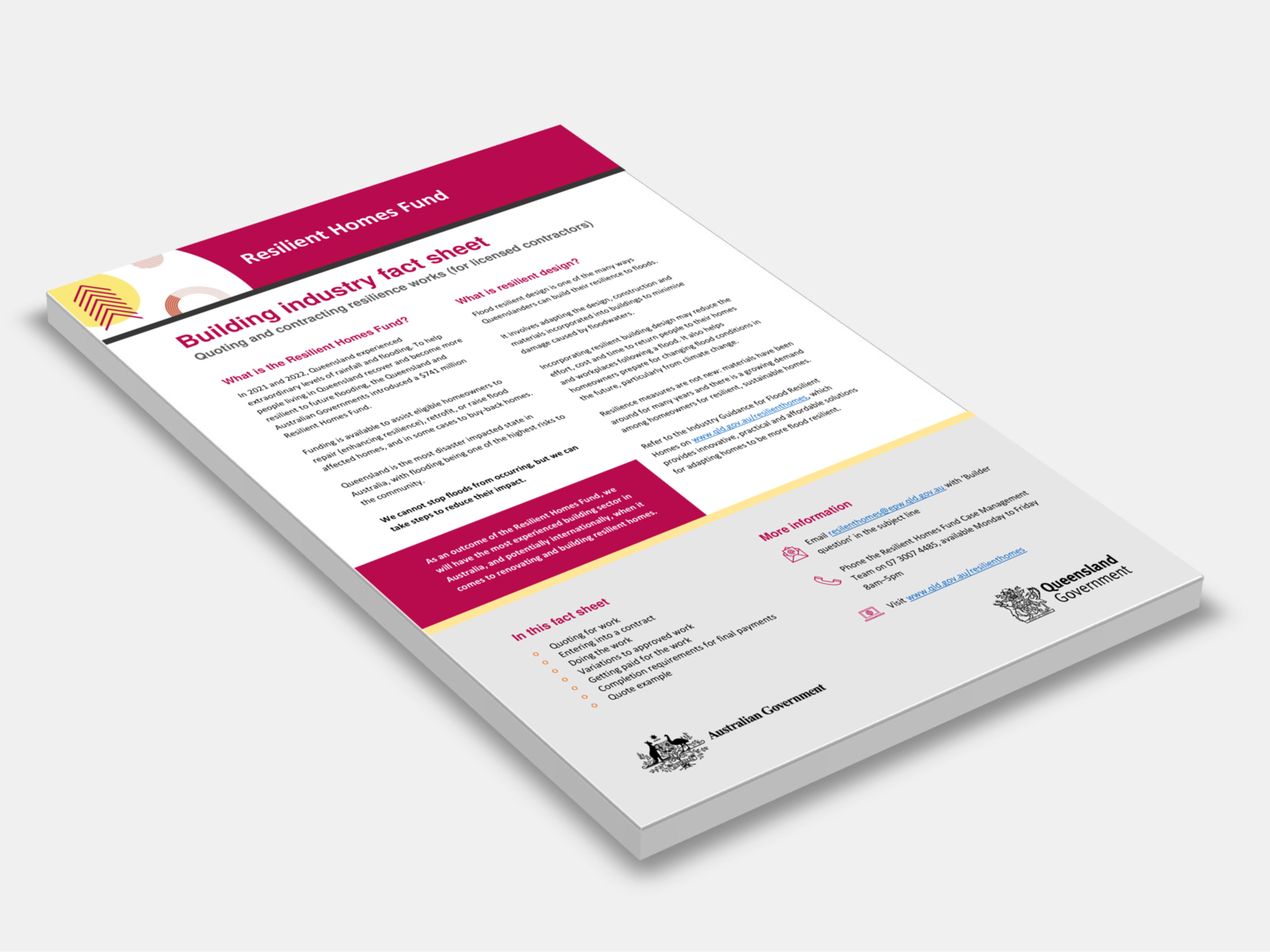
Type
Publisher
Queensland Government
Publisher
Queensland Government
Version:
2023.
(Current)
Short Description
Flood resilient design is one of the many ways Queenslanders can build their resilience to floods.
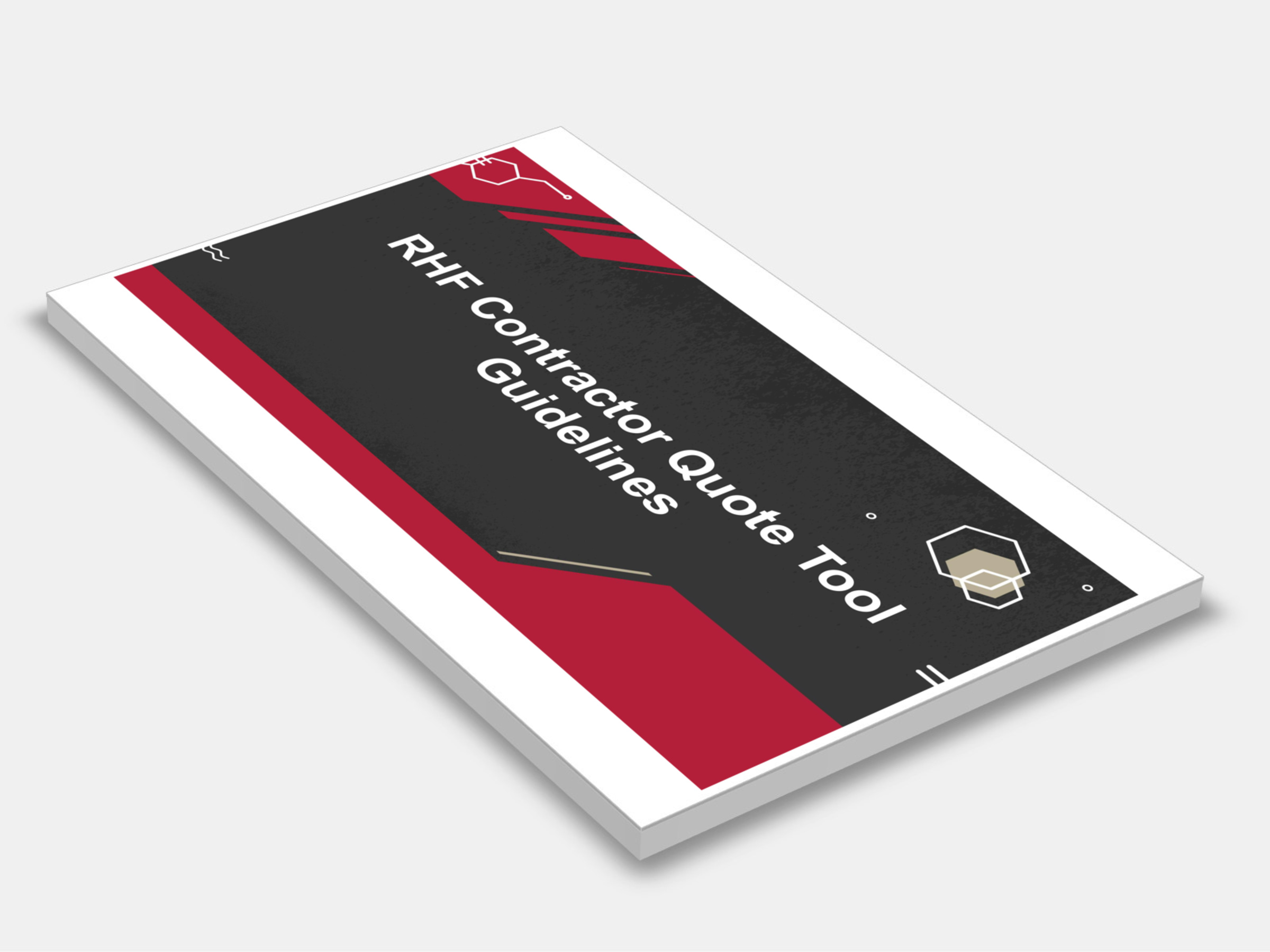
Type
Publisher
Queensland Government
Publisher
Queensland Government
Version:
2023.
(Current)
Short Description
The RHF Contractor Quoting tool was created to provide a standardised method of quoting for Industry Builders participating in the Resilient Homes Fund (RHF). (Includes Contractor Quoting tool download).
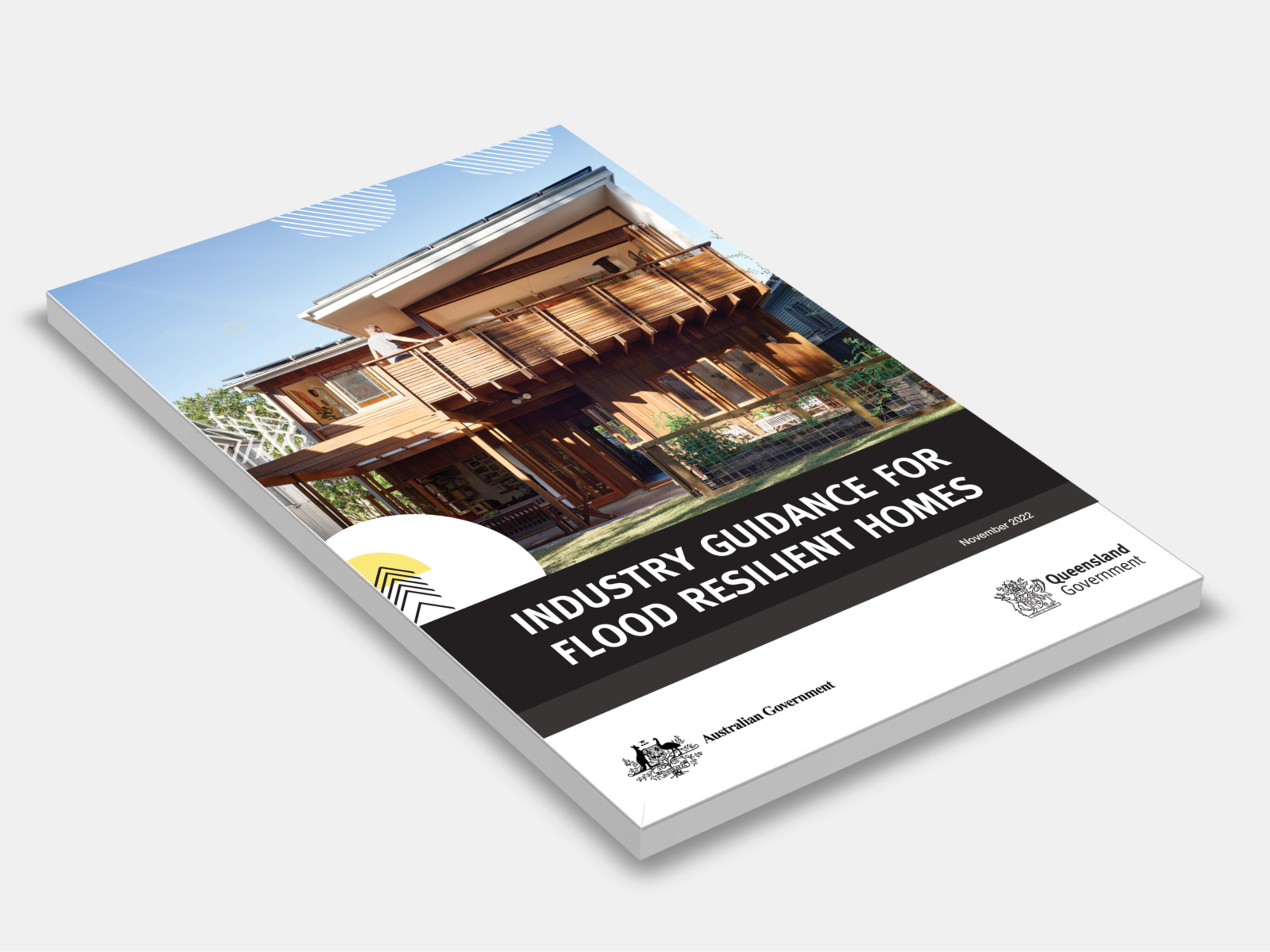
Type
Publisher
Queensland Government
Publisher
Queensland Government
Version:
2022.
(Current)
Short Description
This Industry Guidance for Flood Resilient Homes provides information about improving the flood resilience of new and existing Queensland homes.
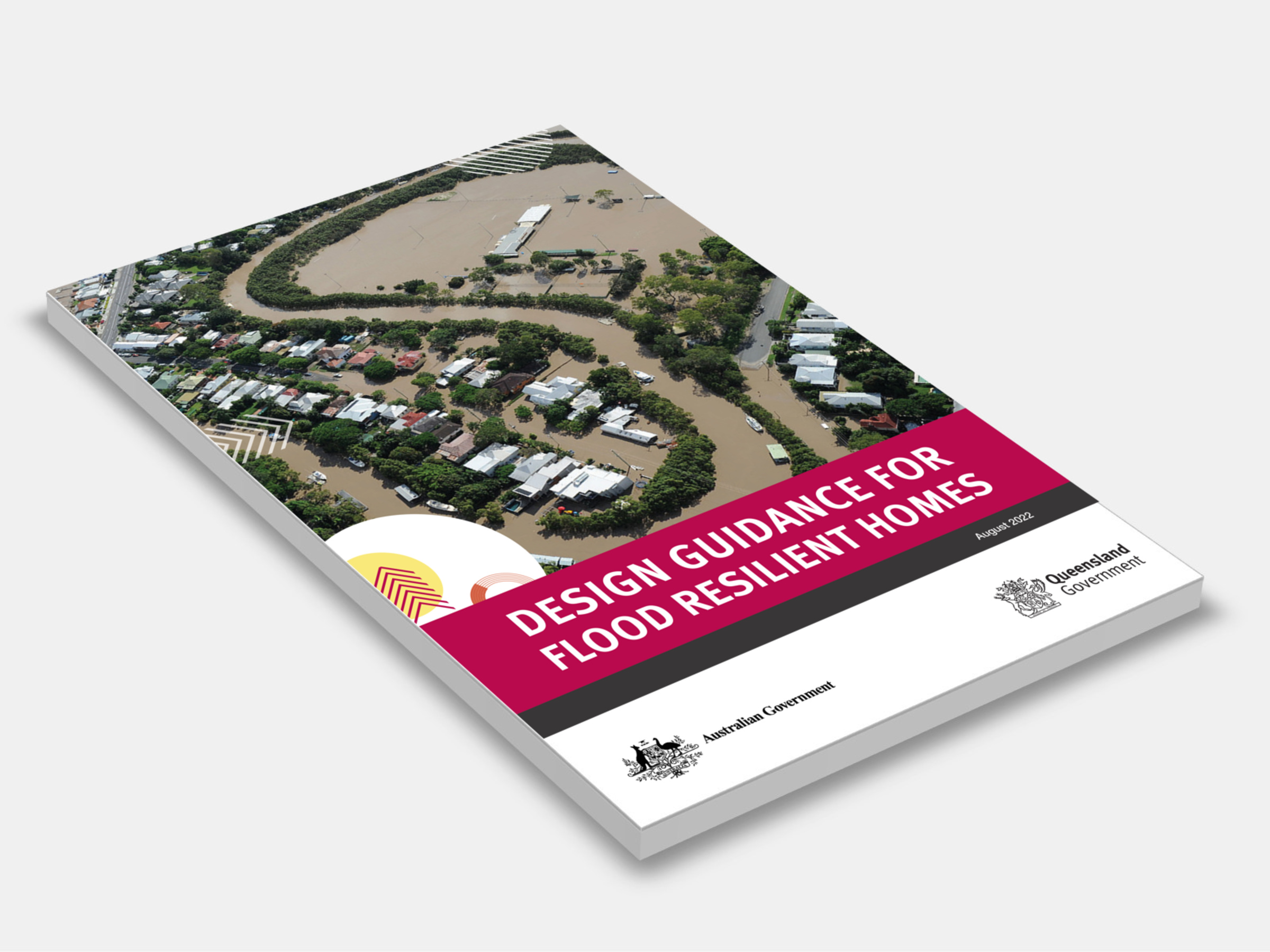
Type
Publisher
Queensland Government
Publisher
Queensland Government
Version:
2022.
(Current)
Short Description
Queensland homeowners who experienced damage to their residential property as a result of flooding in 2021–22 can now register their interest for the $741 million Resilient Homes Fund.
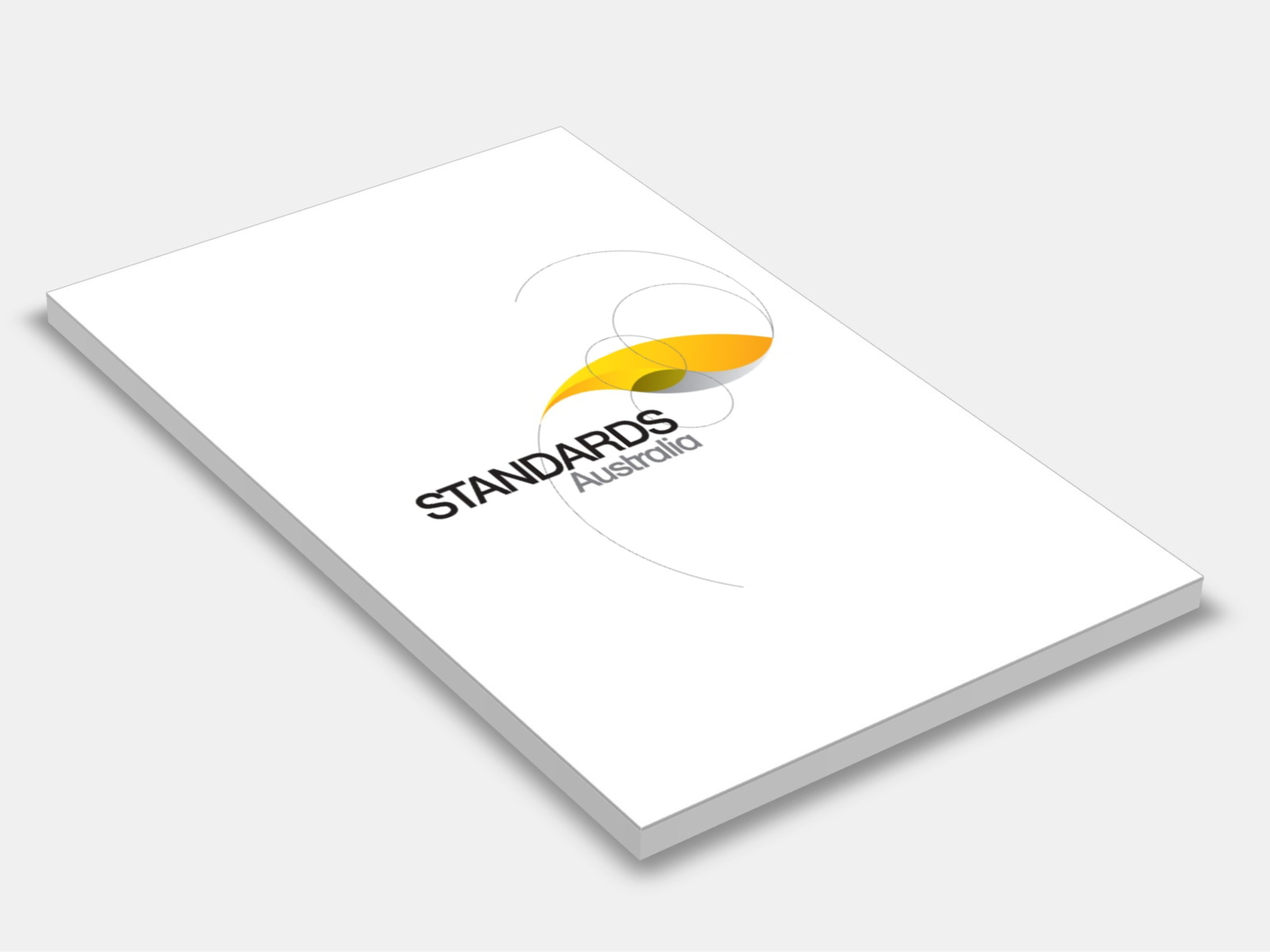
Type
Publisher
Standards Australia
Publisher
Standards Australia
Version:
Sixth Edition 2021.
(Current)
Short Description
Specifies requirements for the design, installation and commissioning and testing of fire hydrant installations that are used for the protection of buildings, structures, storage yards, marinas and associated moored vessels, wharves, and plant.
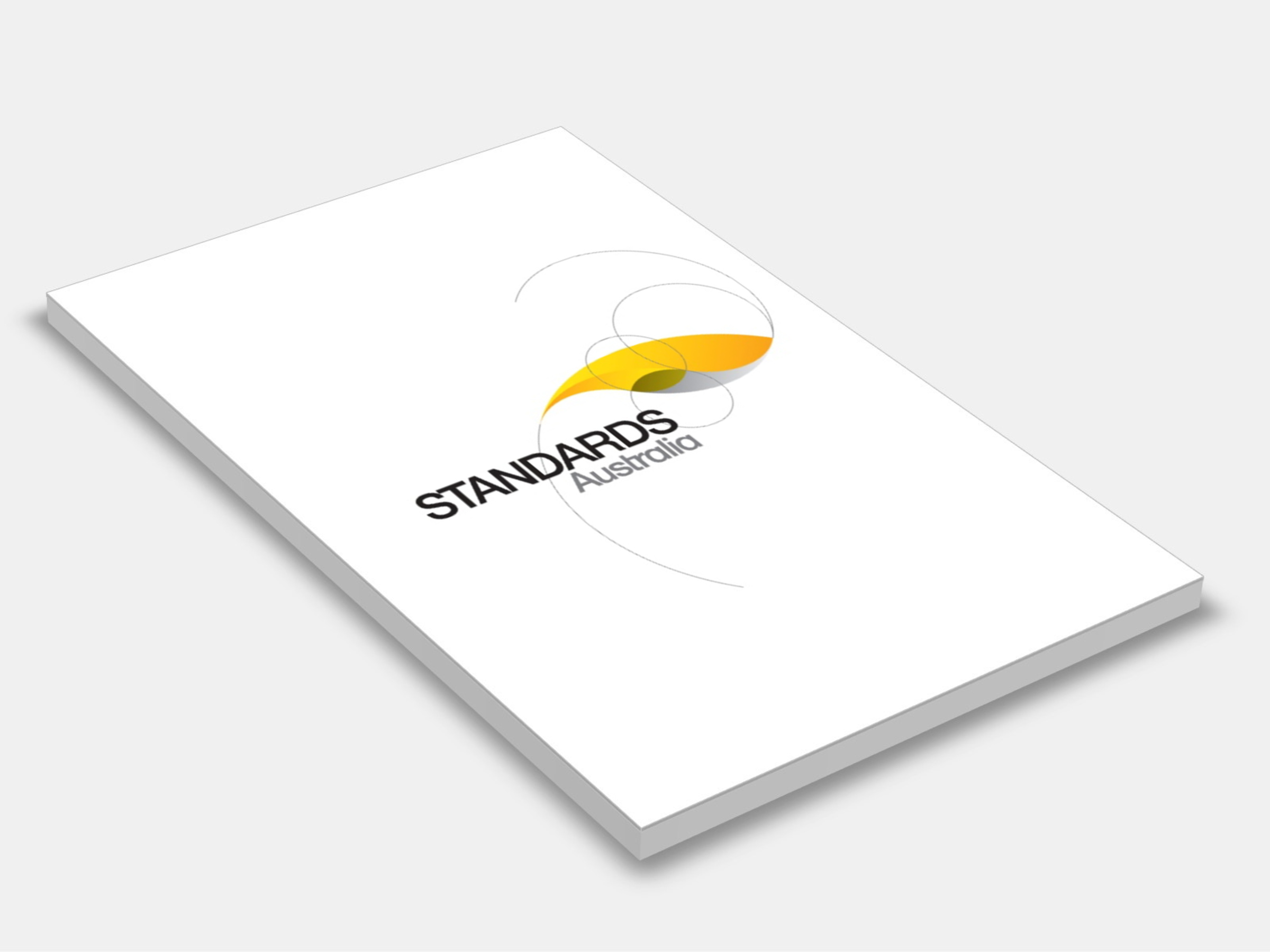
Type
Publisher
Standards Australia
Publisher
Standards Australia
Version:
Fourth Edition 2005.
(Current)
Short Description
Specifies requirements for distribution, location and installation of fire hose reels.
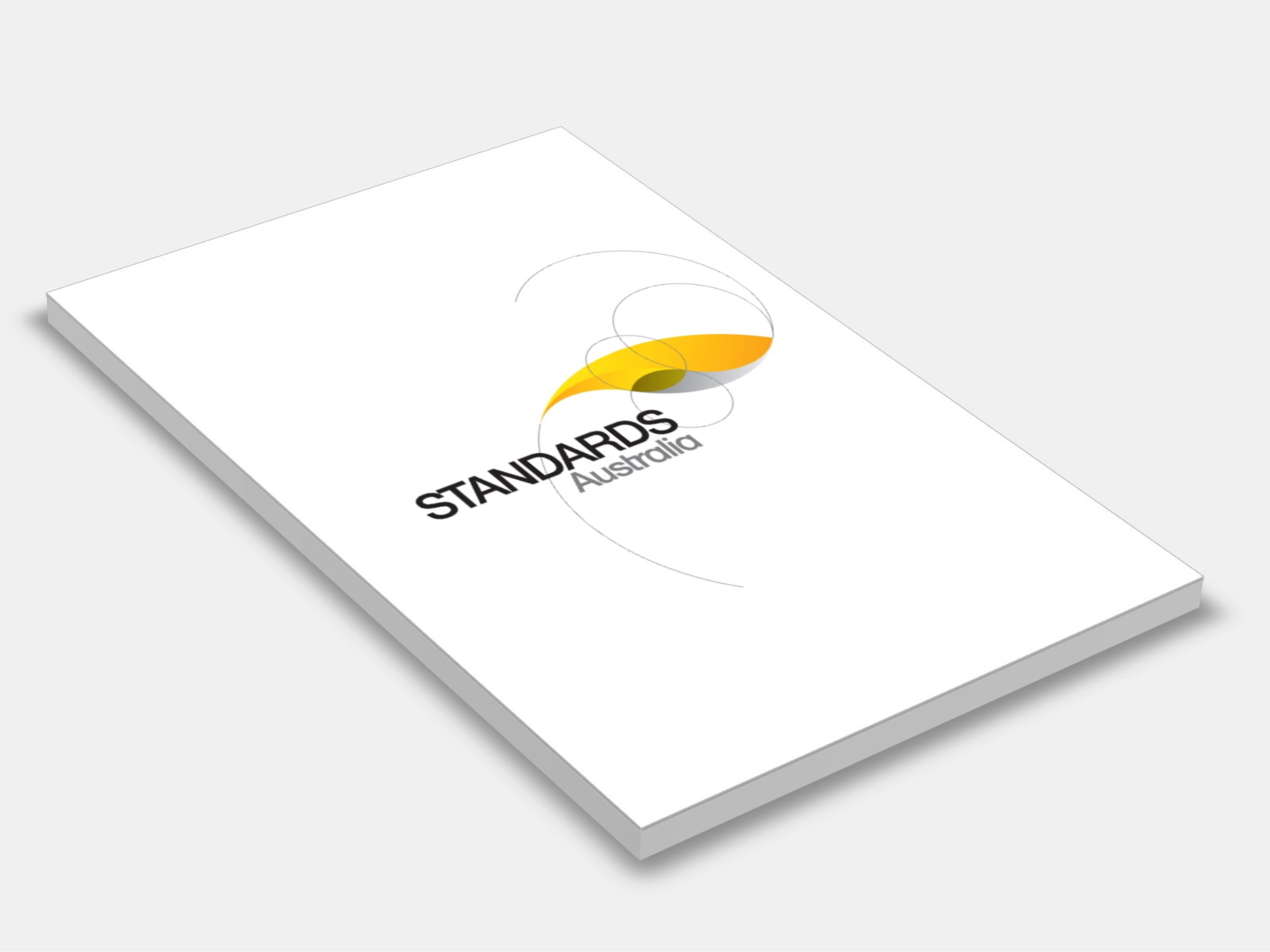
Type
Publisher
Standards Australia
Publisher
Standards Australia
Version:
Sixth Edition 2021.
(Current)
Short Description
Specifies the design requirements for new building work, as required by the National Construction Code (NCC) and the Disability (Access to Premises—Buildings) Standards (Premises Standards), to provide access for people with disabilities.
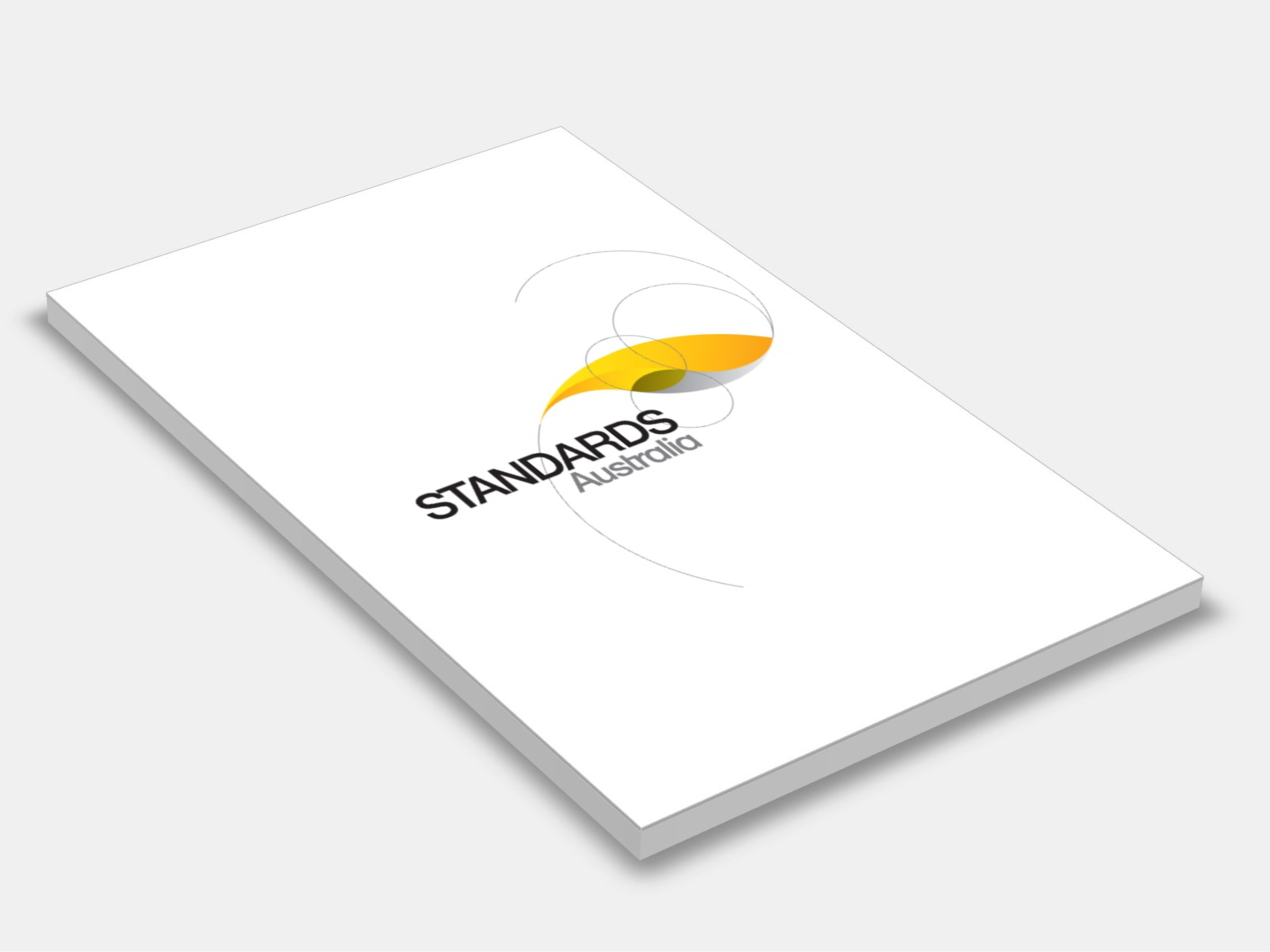
Type
Publisher
Standards Australia
Publisher
Standards Australia
Version:
Third Edition 2010.
(Current)
Short Description
Sets out requirements for skimmer boxes and other permanent water outlets in swimming pools and spas.
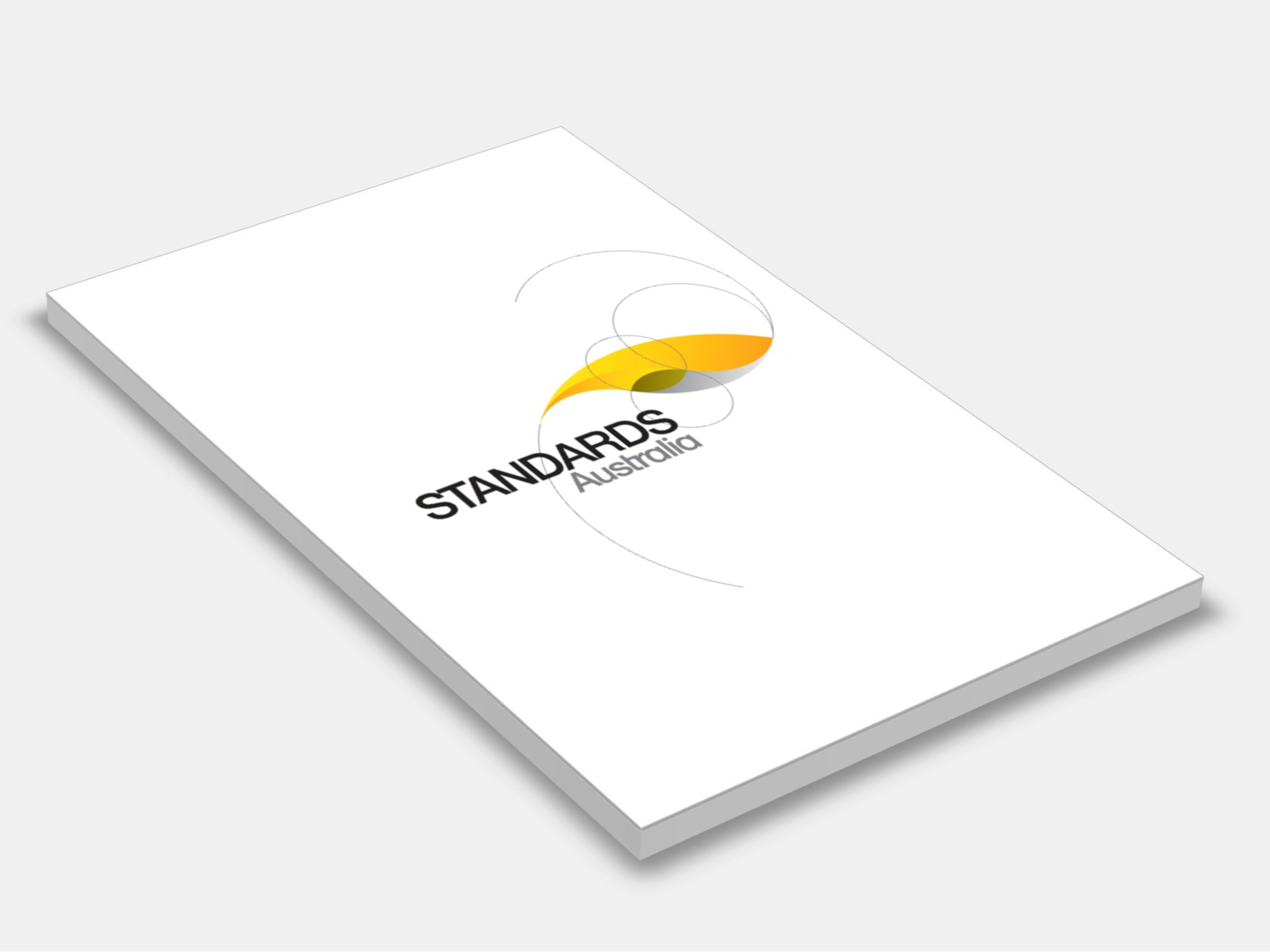
Type
Publisher
Standards Australia
Publisher
Standards Australia
Version:
Second Edition 2007.
(Current)
Short Description
Sets out options for the location of safety barriers intended to restrict the access of young children to swimming pools.
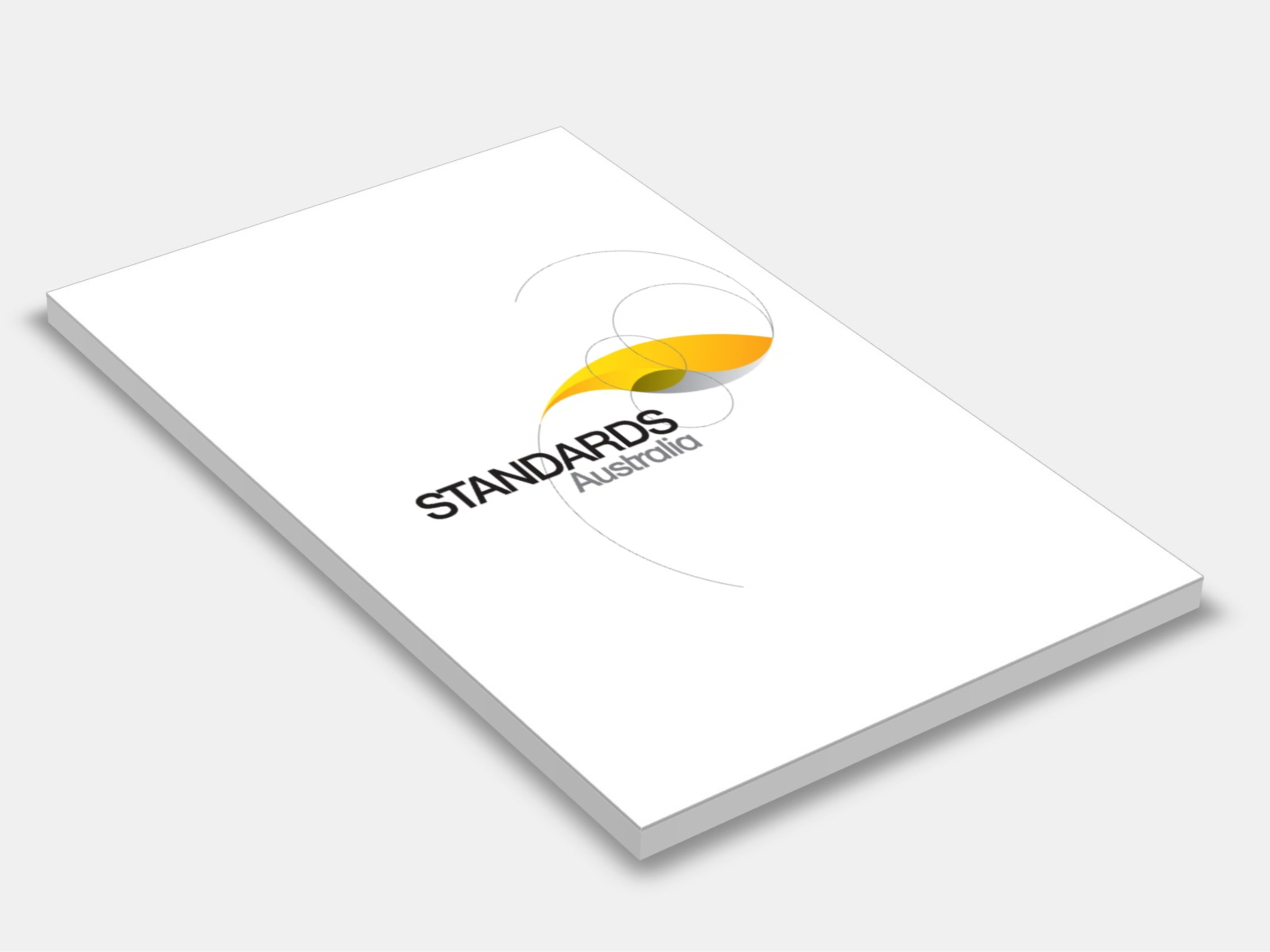
Type
Publisher
Standards Australia
Publisher
Standards Australia
Version:
Sixth Edition 2001.
(Current)
Short Description
Specifies the criteria for the selection of portable fire extinguishers and the requirements for their application, location and distribution.